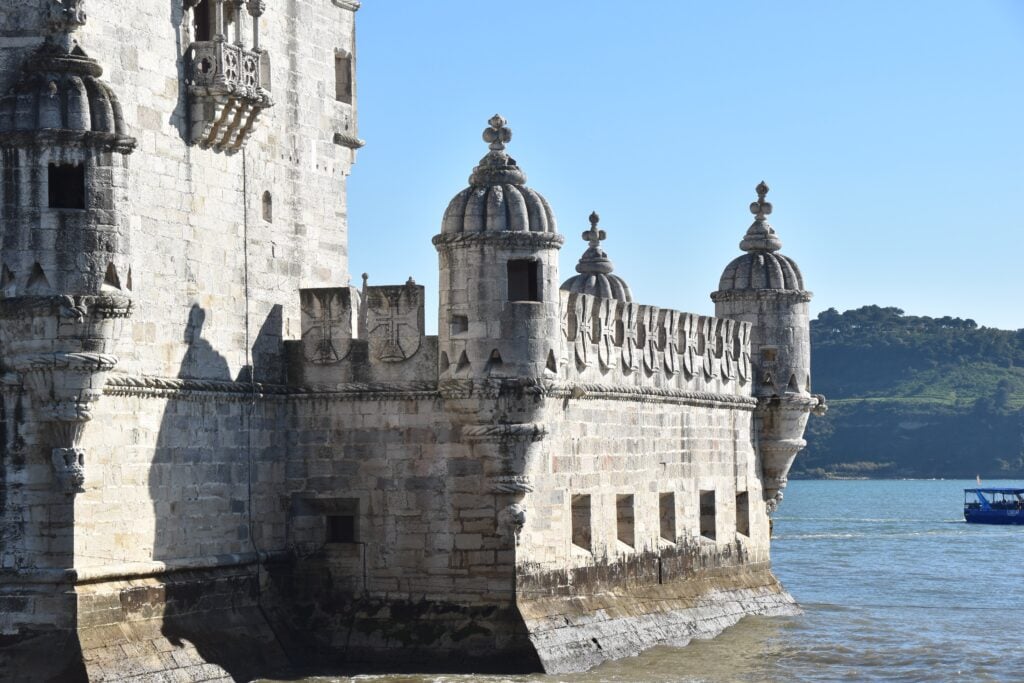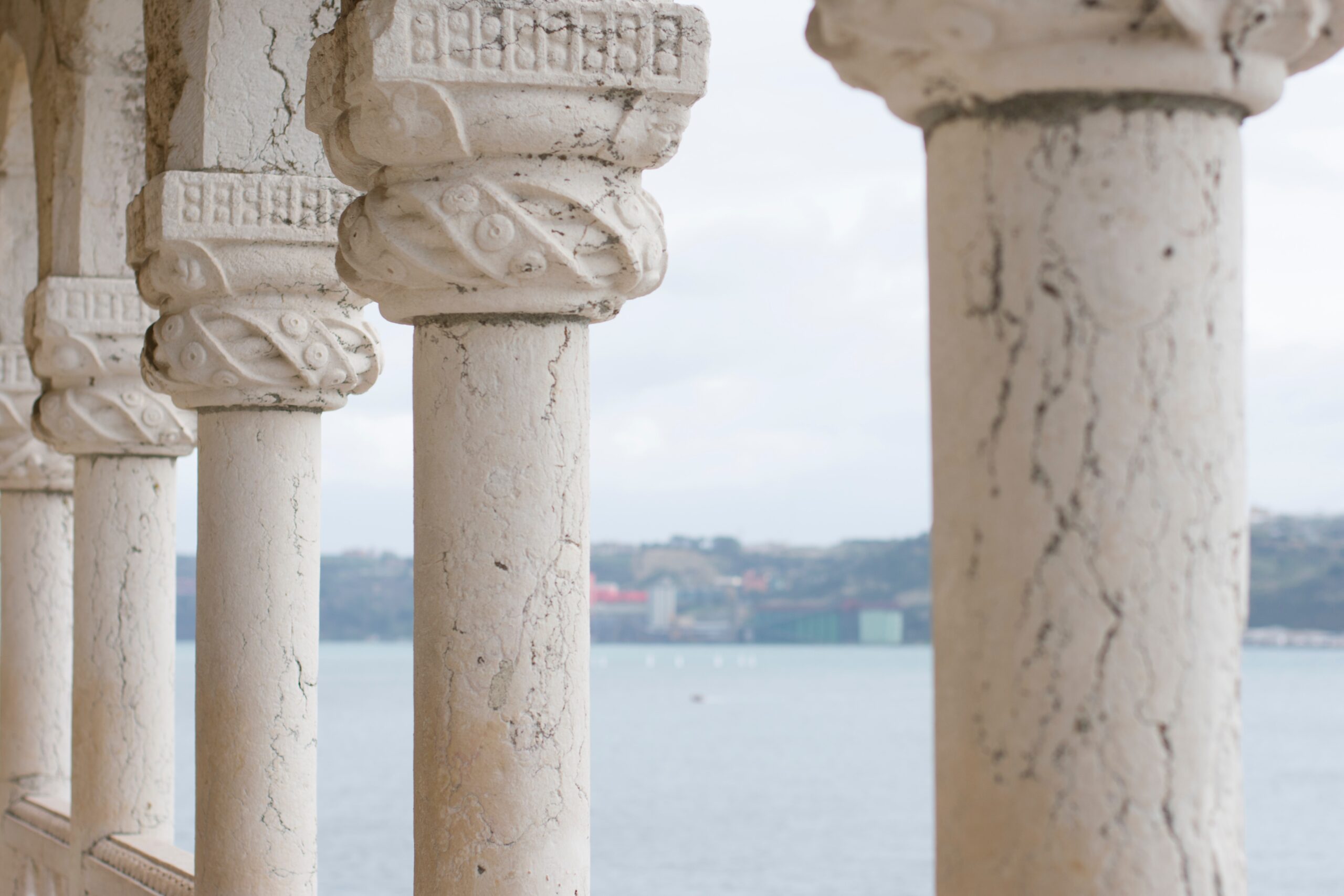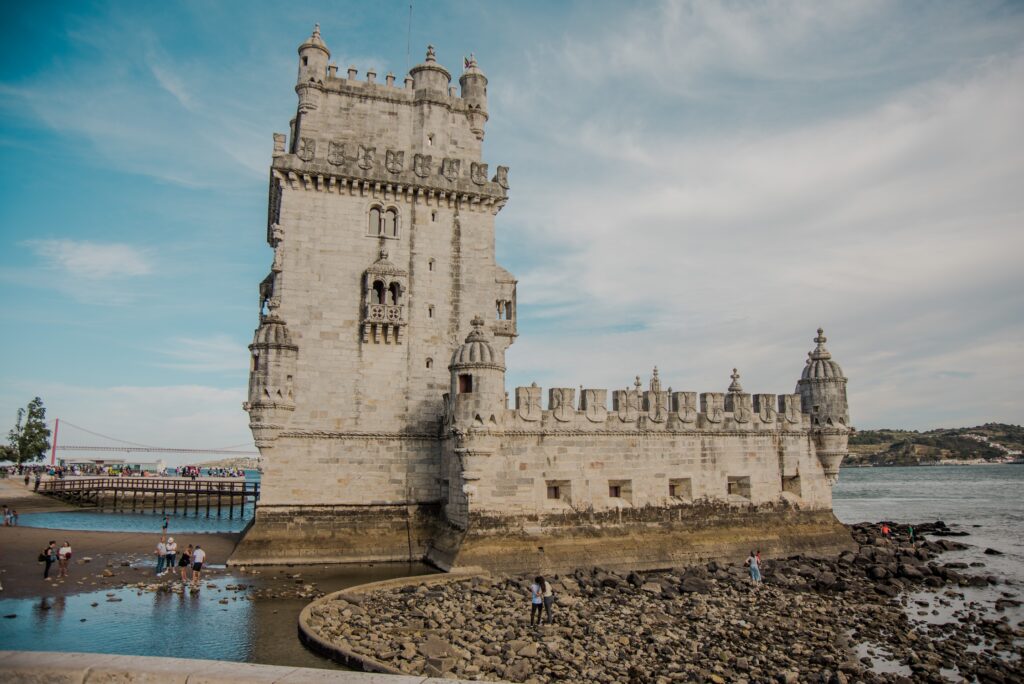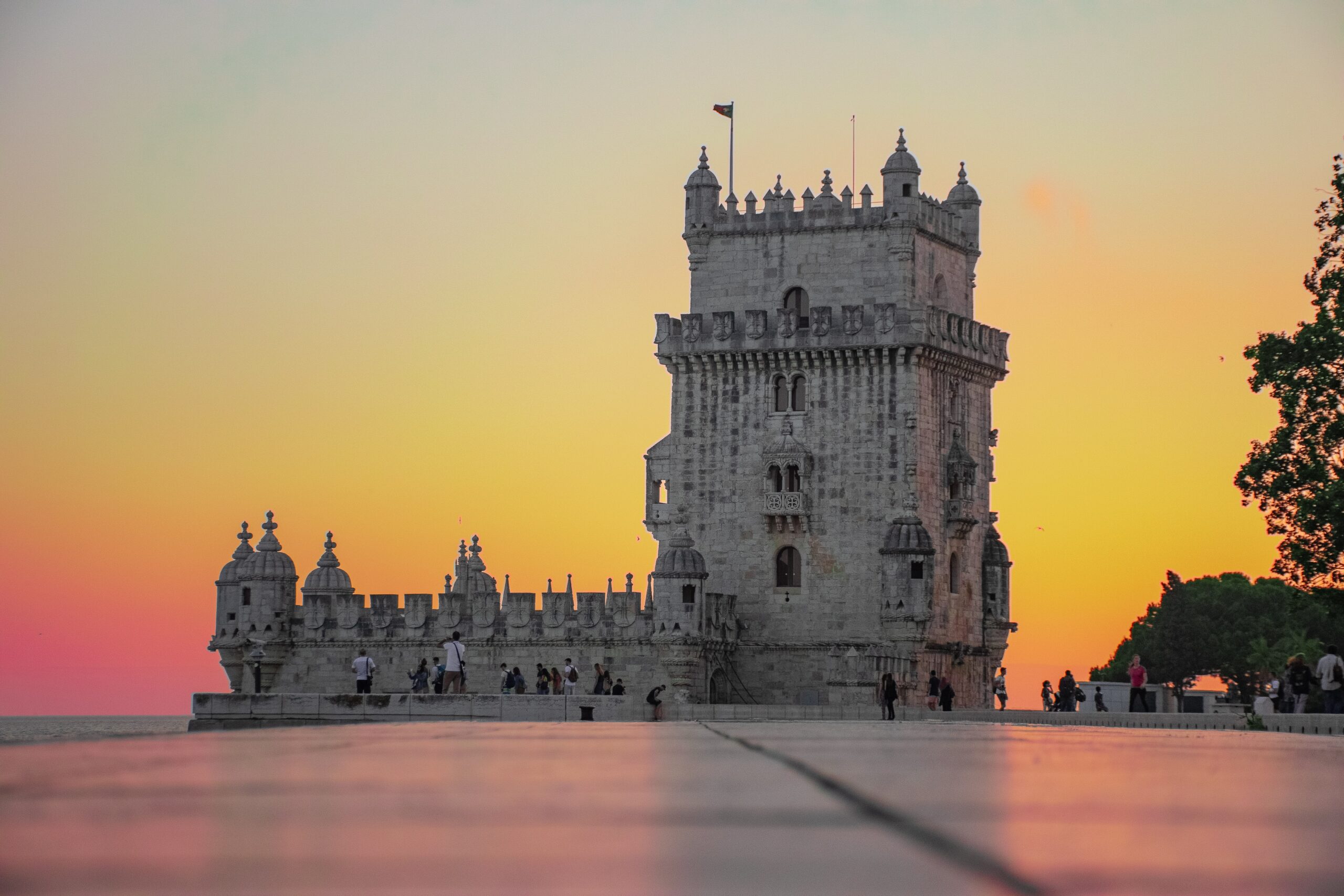Belém Tower in Lisbon was used for defence and as a gateway to Europe. It is a grand fortification that symbolizes Portugal’s role in the Age of Discovery
Belém Tower is a magnificent defensive fortification in Lisbon. It sits on the shore of the River Tagus and was originally built as part of a protective shield across the mouth of the river. The tower is so grand because it was also the final stopping point for Portuguese explorers and traders returning from across the globe.
The Unesco World Heritage Site was originally planned by King John II, who didn’t live to see it constructed. Along with the fortresses of Cascais and São Sebastião and the patrols of the Portuguese Navy, Belém Tower was to protect Lisbon from attack and to ensure there was no smuggling. Manuel I, John’s successor, put the plans in place and built the tower, officially named the Tower of Saint Vincent of Bethlehem, at the mouth of the Tagus in 1519.
Wealth from the Americas Created a New Style of Architecture


See Belém with the Oriente and Cascais in lisbon
Manuel was one of the most important Portuguese rulers. While Columbus had already sailed to the Americas and the Age of Discovery was already well underway during his rule, it was Manuel who led the colonization of India, Brazil and parts of North America. Portugal already controlled much of the Mediterranean and the creation of an Empire brought untold riches to Lisbon. One of the ways this new wealth was spent was on architecture and a new style was created — Manueline.
Belém Tower is constructed in this style, which marks a shift from the Gothic period to the Renaissance. Designed by Francisco de Arruda, it mixes Late Gothic elements with new styles that were springing up across Europe and elements from far overseas, as reported by Portuguese explorers. Often, the motifs used are nautical and celebrate the instruments and stars used to navigate the seas. On Belém, this can be seen in the use of armillary spheres, used for astronomical observations, carved rope, a rhinoceros from India and turrets from Morocco.
This grand architectural style was used because Belém was not just a defensive fort, as in the cases of Cascais and São Sebastião. Belém Tower was to represent the riches of Portugal to foreigners arriving in port and to welcome those who returned with items to trade. For many people, this was the gateway to Europe during the Age of Discovery.
Belém Tower’s Role in Lisbon’s Wars


Visit Belém by boat and learn its long history
The 115-foot-tall tower saw action during the Peninsular War. This was one of the conflicts that took place as the French armies of Napoleon roamed across Europe. Napoleon was annoyed that the Portuguese were allied with Britain. With the cooperation of the Spanish, he sent troops along the Tagus and occupied Lisbon, stationing soldiers inside Belém.
Napoleon ended up betraying the Spanish. They revolted against the French armies and the British landed tens of thousands of men in Portugal who pushed out Napoleon’s forces. For six years the battles raged. Across these, the French mounted three campaigns to take Portugal and were only defeated once Napoleon overstretched in Russia.
As Lisbon industrialised, Belém was left uncared for. It wasn’t until the 20th century that restoration work began slowly, the first in more than 100 years. In 1983, it was added as a Unesco World Heritage Site. In the 90s, the Portuguese government carried out a full restoration of the tower, which brought it back to its former glory and cemented its status as a landmark of Europe.






